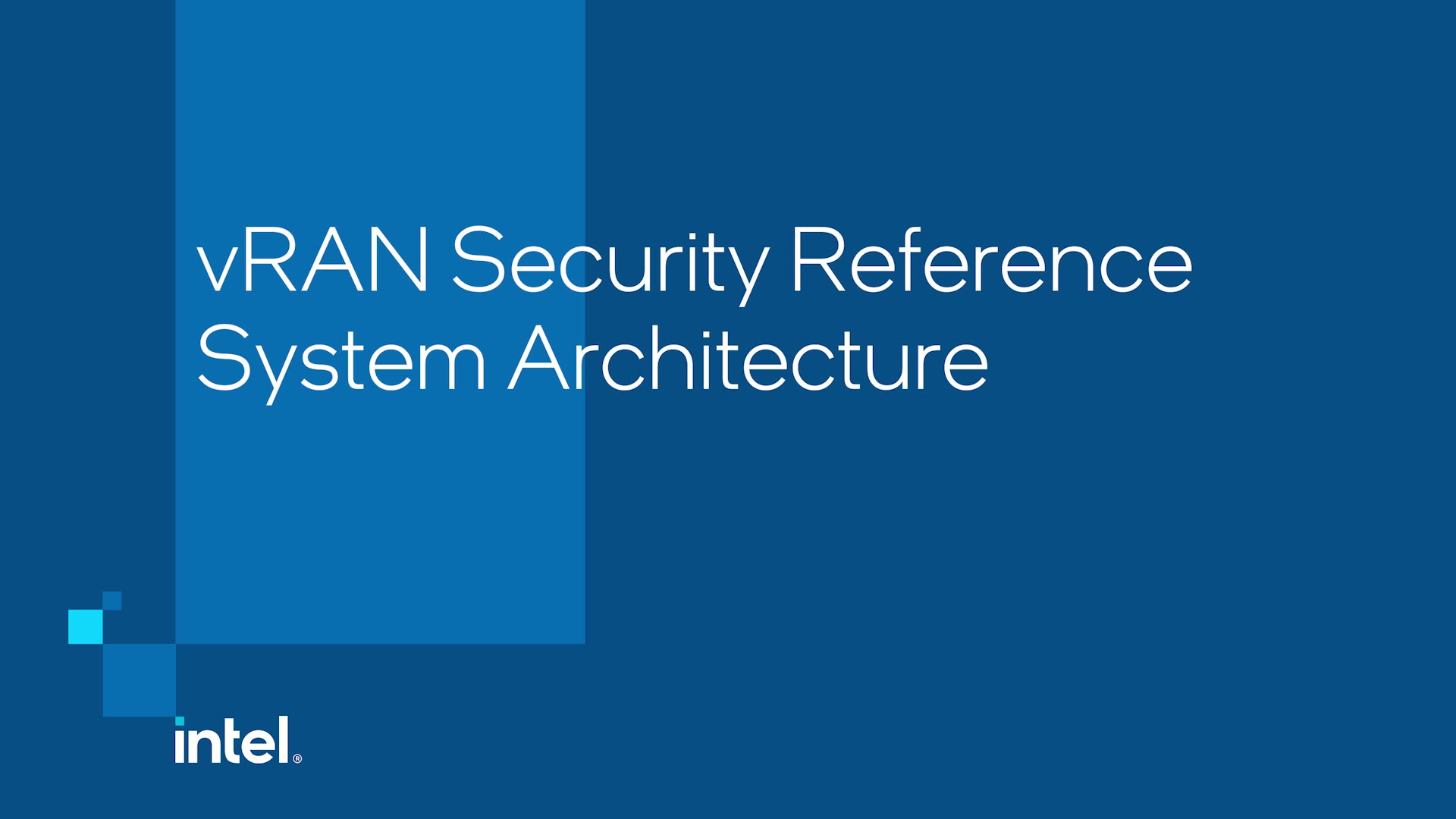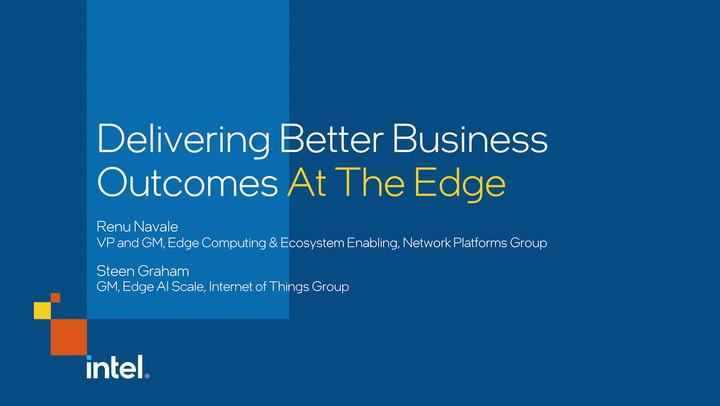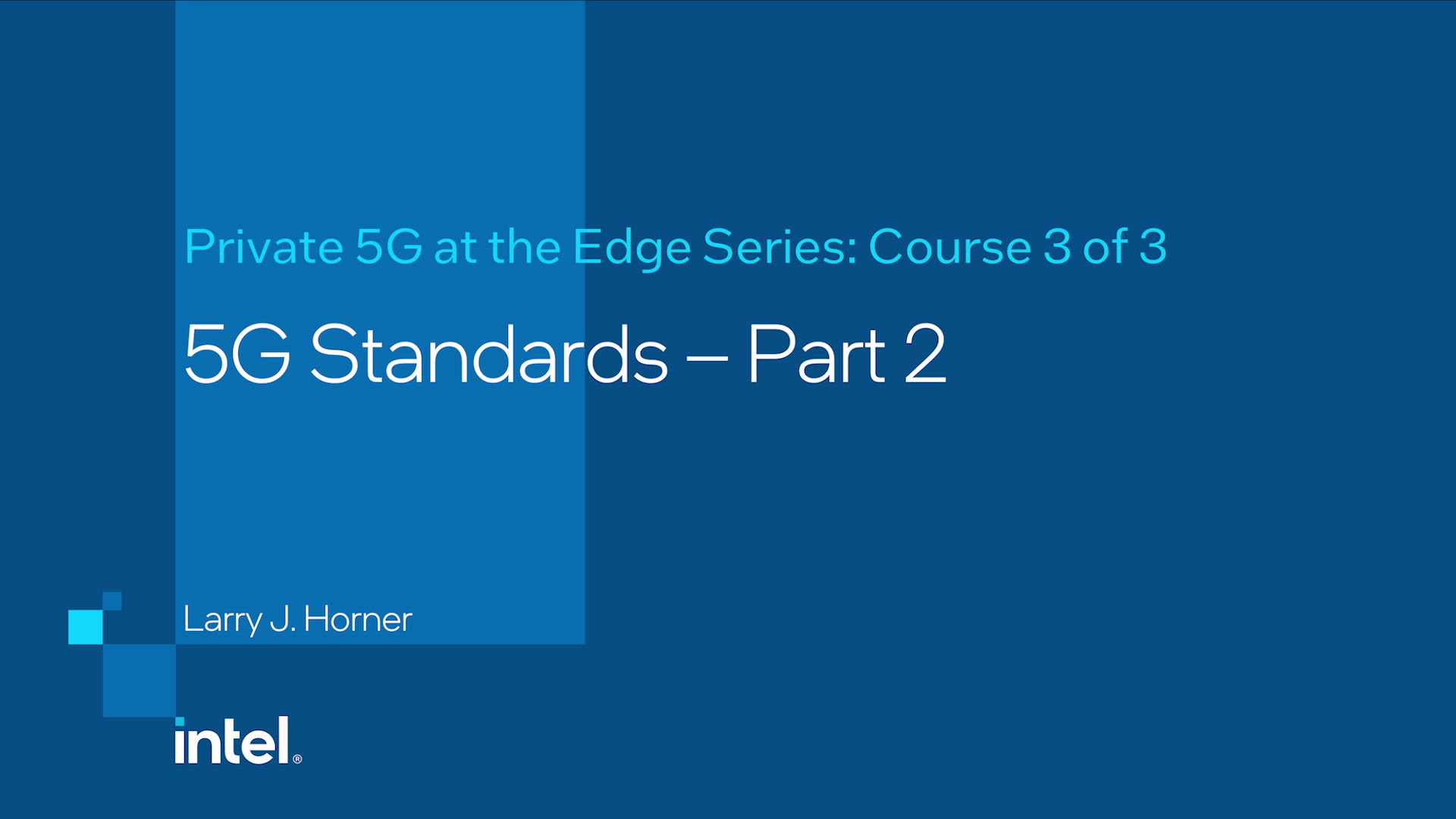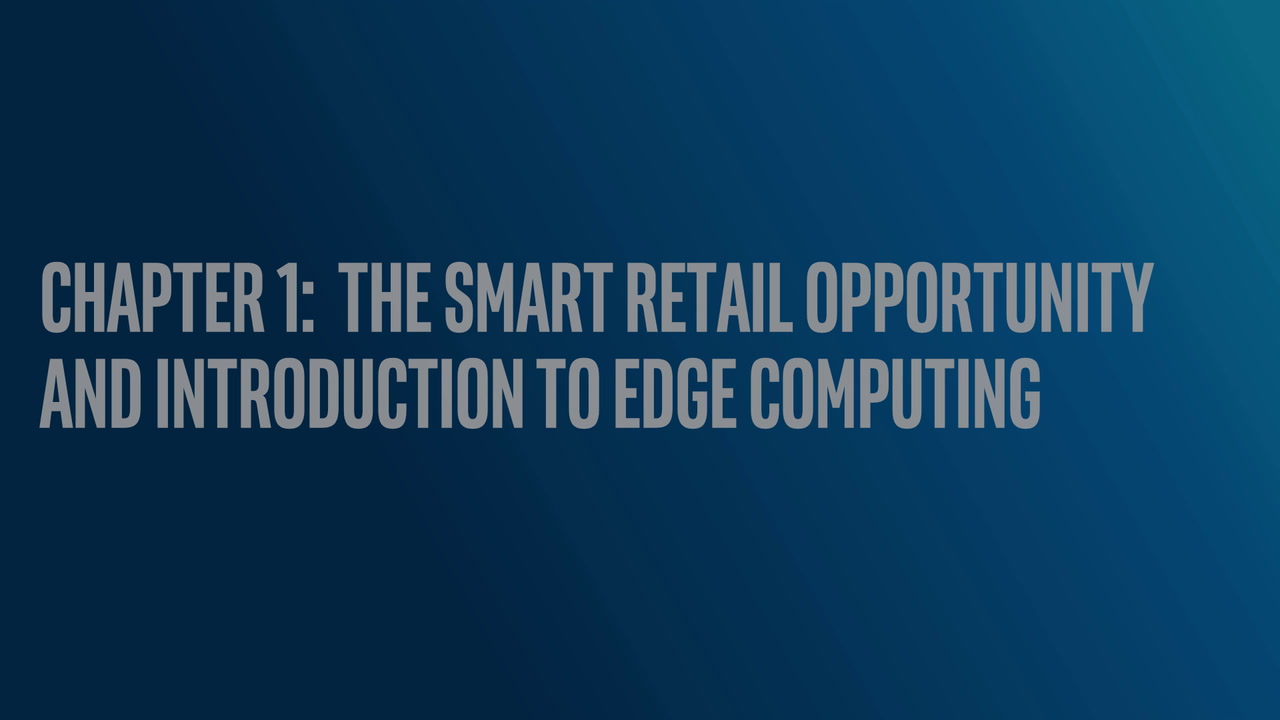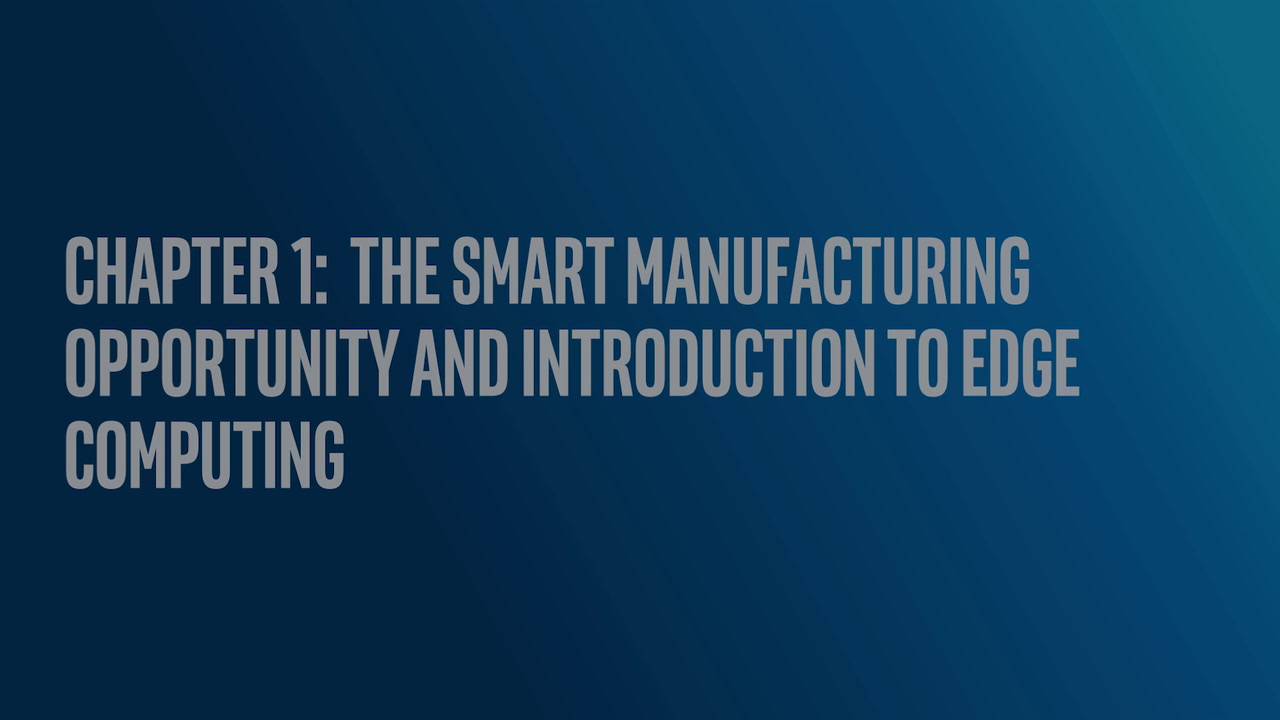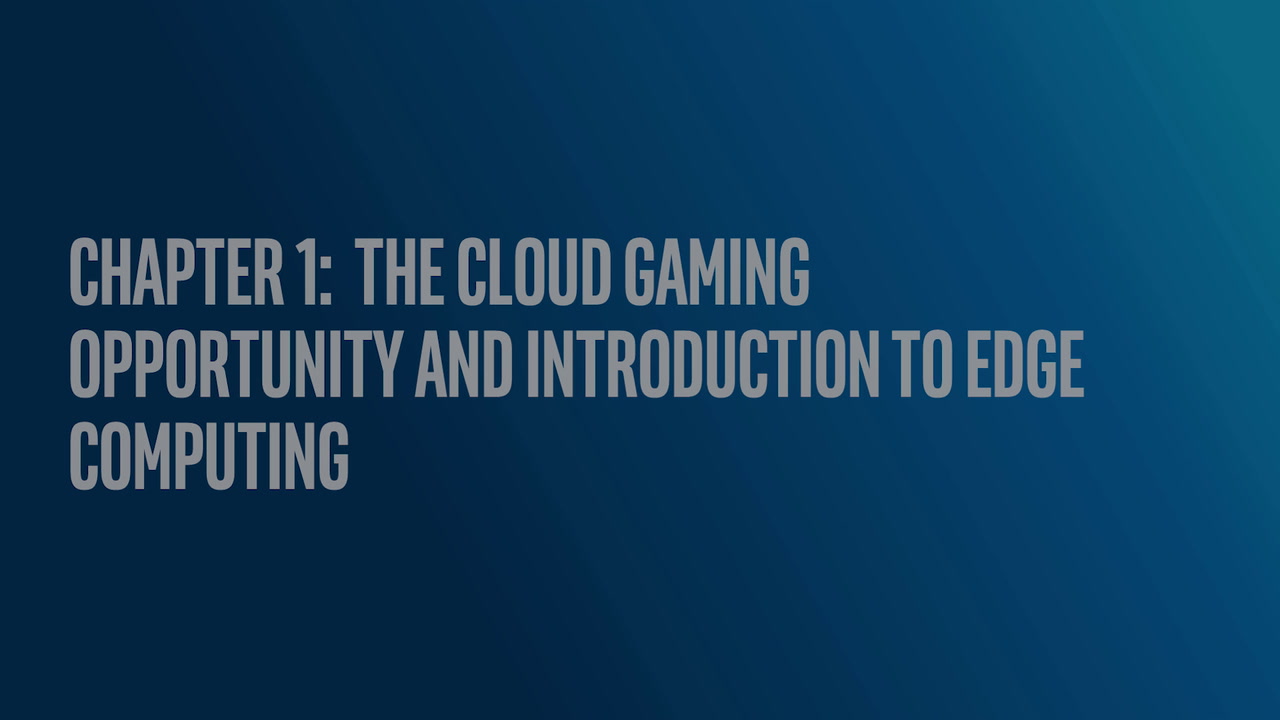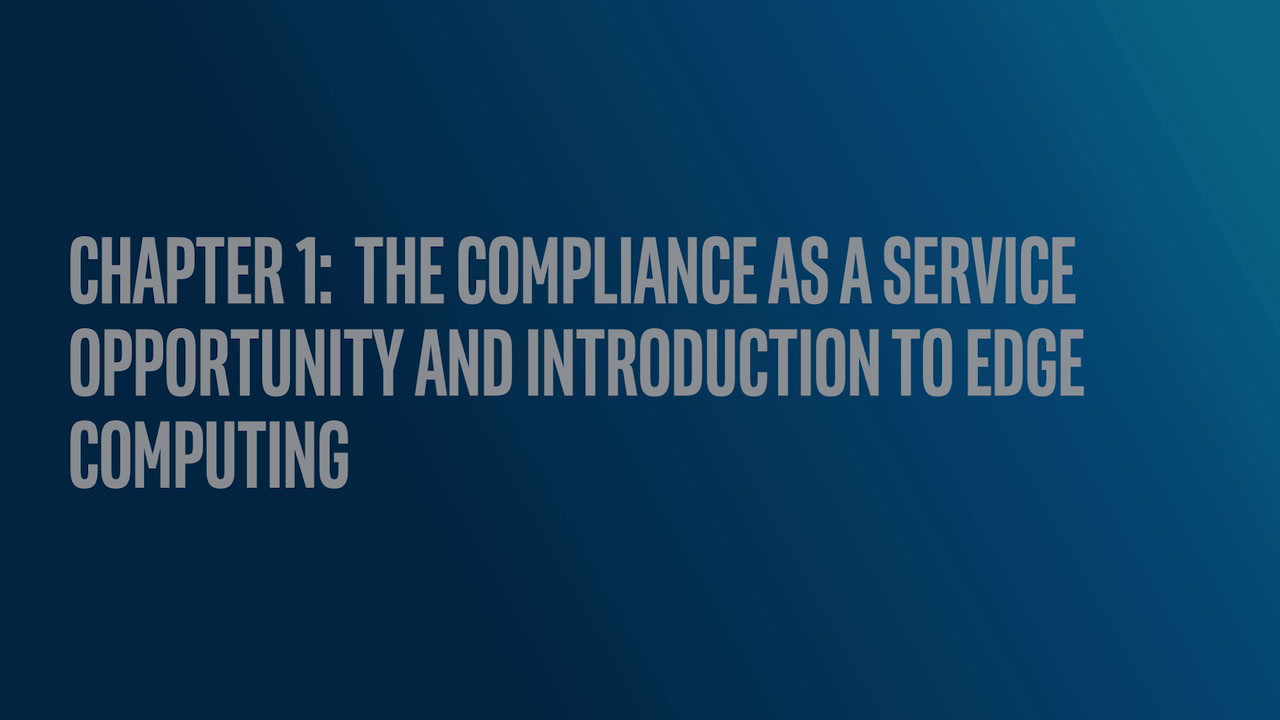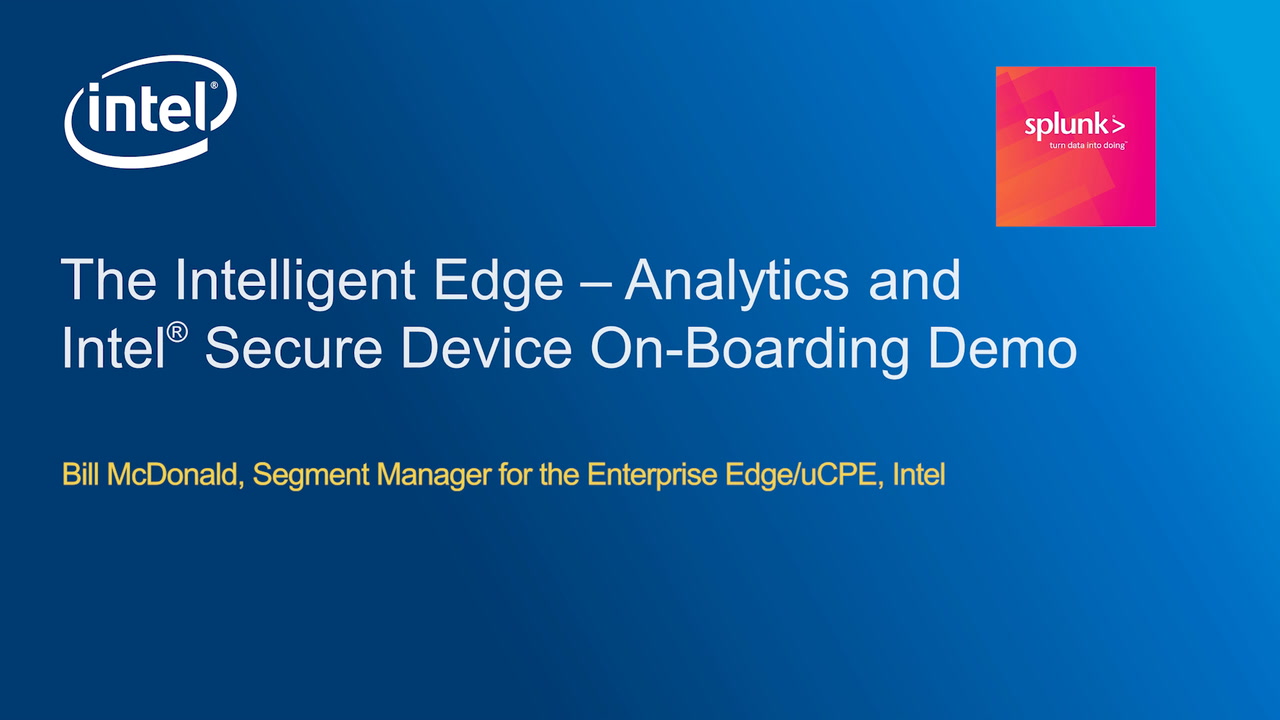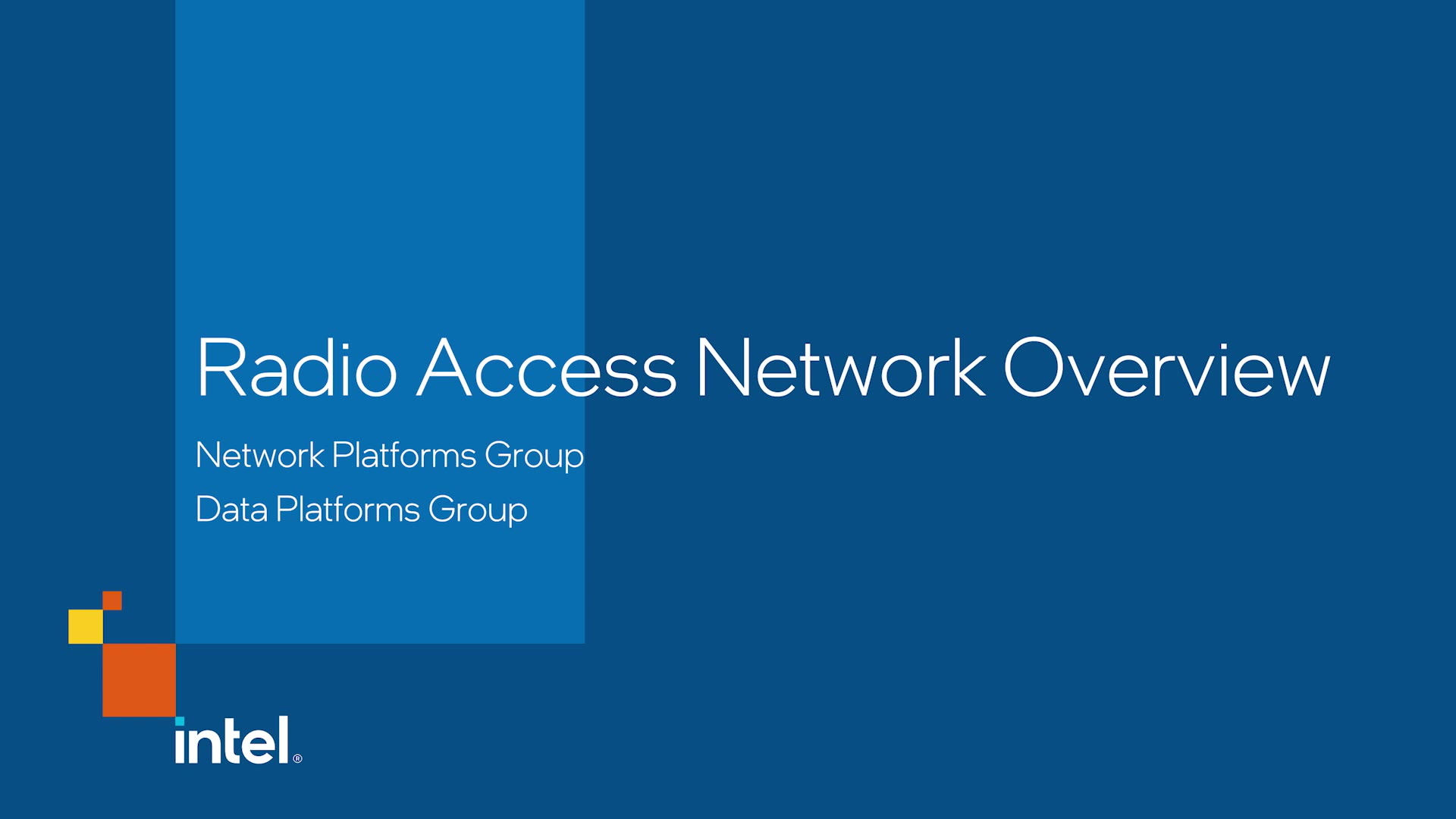Program Overview
The Network Edge program within the Intel® Industry Solution Builders University focuses on accelerating network edge solutions for both enterprises and communication service providers. As an integral part of the advancement of 5G and network transformation, the network edge program aims to speed the development, deployment, and adoption of edge-centric technologies.
11 Courses
Share With
This course is a detailed guide on deploying VRAN security features using Intel's Bare Metal Reference Architecture (BMRA). It emphasizes the use of secure boot, container certification, and secure control plane communication in ORAN networks. The guide walks through the steps for system setup, deployment, and validation, highlighting the use of technologies such as Intel® Boot Guard, UEFI Secure Boot, Kubernetes’ Cosign and Sigstore, and Intel® Software Guard Extensions (Intel® SGX) and KMRA. The key takeaway is the demonstration of the implementation and ease of deployment of security features for ORAN network functions using Intel's reference system architecture.
Join Renu Navale, VP and GM, Edge Computing & Ecosystem Enabling, Intel’s Network Platforms Group, and Steen Graham, GM, Edge AI Scale, Intel’s Internet of Things Group, to gain a deeper understanding of Intel’s strategy for the Edge and the products and programs in place.
Join Larry Horner, a Senior Systems Architect and Principal Engineer at Intel, for an introductory course on 5G and Private Networking at the Network Edge. Dive into the intricacies of defining private 5G wireless networks, uncovering challenges and trade-offs with macro networks, including seamless handoffs and emergency services. Explore carrier spectrum intricacies and costs while gaining insights into the multifaceted views on the network edge. Understand the challenges and opportunities of private 5G. Gain insights into various perspectives on the network edge from different stakeholders.
In this course, Larry Horner, a Senior Systems Architect and Principal Engineer at Intel, traces the evolution of G networks. The course explores the pros and cons of utilizing different Gs in potential use cases and the concepts of disaggregation and virtualization in networking, emphasizing control/user plane separation, scalability, the shift from hardware to software-based deployment, and how this enables the adoption of private 5G networks.
In this course, Larry Horner, a Senior Systems Architect and Principal Engineer at Intel, explores Multi-Access Edge Computing (MEC) and its impact on enhancing data processing speed, data sovereignty, and network flexibility in private 5G environments. It delves into standards like eCPRI and various private network configurations while emphasizing how spectrum allocation, frequency bands, and licenses shape network components' design and capabilities in 5G contexts. The course also considers the complexities of UE device modems, deployment choices (non-standalone and standalone), and key factors like connectivity, spectrum licensing, operational models, latency, range, capacity, and Service Level Agreements (SLAs).
In this course, Chandresh Ruparel, Director of Ecosystem Strategy and Intel Industry Solution Builders Program, Data Center Group at Intel Corporation, examines how to use video analytics to prevent accidents in a retail or enterprise environment. Learners will discover the technology behind the solution, the role of edge computing and how Intel can help facilitate partnerships and make the most of these opportunities. This course is part of a five course series introducing Network Edge use case opportunities, challenges, and solutions aimed at monetization of edge services.
In this course, Chandresh Ruparel, Director of Ecosystem Strategy and Intel Industry Solution Builders Program, Data Center Group at Intel Corporation, examines how to use video analytics to reduce product defects in manufacturing processes. Learners will discover the technology behind the solution, the role of edge computing and how Intel can help facilitate partnerships and make the most of these opportunities. This course is part of a five course series introducing Network Edge use case opportunities, challenges, and solutions aimed at monetization of edge services.
In this course, Martin Hendess, Product Marketing Manager with the Visual Cloud Division at Intel, examines how to reduce latency for cloud gaming by leveraging network edge computing. Learners will discover the difference between frame streaming and command streaming, the role of edge computing and how Intel can help facilitate partnerships and make the most of these opportunities. This course is part of a five course series introducing Network Edge use case opportunities, challenges, and solutions aimed at monetization of edge services.
In this course, Jennifer Horvath, Business Development Manager at Intel, examines how to reduce loss or spoilage of perishable products due to equipment failure while maintaining regulatory compliance through edge computing. Learners will discover the technology behind the solution, the role of edge computing and how Intel can help facilitate partnerships and make the most of these opportunities. This course is part of a five course series introducing Network Edge use case opportunities, challenges, and solutions aimed at monetization of edge services.
Intel and its partners, Dell Technologies, Adva, Nuage Networks from Nokia, Fortinet, and Splunk, have implemented an edge-IoT reference solution that supports a fully virtualized compute node or server located at the enterprise edge, also known as universal customer premises equipment (uCPE). This course is a demonstration of the Splunk Analytics and Intel® Secure Device Onboard (Intel® SDO) capabilities of this edge-IoT reference architecture.
5G is a massive inflection driving data growth and fueling the development of all new services and unlocking the full potential of 5G requires transforming network infrastructure, from the core to the edge. This course provides an overview of RAN evolution trends, the technological challenges which will need to be supported and how Intel is driving this transformation with the broadest silicon portfolio for 5G infrastructure.

